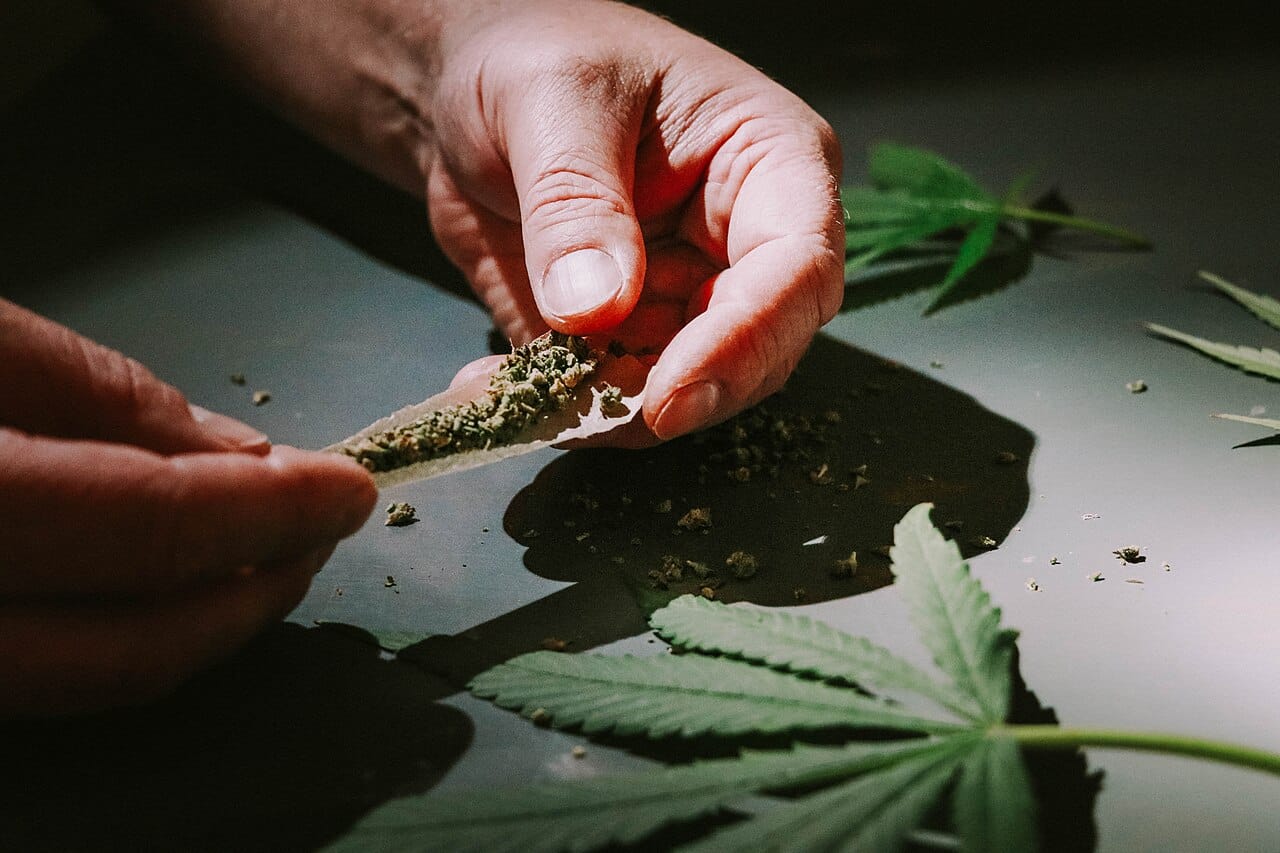

Marijuana use is rising steadily among older adults in the United States, with new research showing a sharp uptick in recent years.
In 2023, about 7 percent of Americans aged 65 and older reported using marijuana in the past month, according to a study published June 2 in JAMA Internal Medicine. That number is up from 4.8 percent in 2021 and continues a trend seen over the last decade. In 2015, just 2.4 percent of older adults reported marijuana use. The rate had climbed to 4.2 percent by 2018.
The study, led by researchers at New York University’s School of Global Public Health, also found major shifts in usage based on gender, education, income, and health status. Older women, college graduates, and high-income earners are using cannabis at increasing rates.
“Use is becoming increasingly more common among people who live in states that allow medical cannabis, which could be due to increased availability or social acceptability,” said Joseph Palamar, senior author of the study and associate professor at NYU Grossman School of Medicine.
Income trends showed a notable reversal. In 2021, adults 65 and older earning at least $75,000 a year reported the lowest marijuana use, just 4.2 percent. By 2023, they had the highest usage rate at 9.1 percent. Older adults with a college or postgraduate degree reported the highest usage in 2023 as well, at 8.3 percent, compared with those with some or no college education.
“Cannabis Use Among Older Adults in US Hits Record High”
What’s great about this, aside from the benefits seniors are getting, is over 65’s consistently poll lower in supporting legalising cannabis. Thankfully, that’s changing.
Cannabis use among older adults nearly doubled… pic.twitter.com/7jNiNHqiuU
— Marc Landers (@marclanders) June 3, 2025
The study also found that health played a role. Seniors with two or more chronic conditions were more likely to use cannabis than those with fewer medical problems. Among this group, marijuana use rose by more than 130 percent from 2021 to 2023. Usage also jumped by nearly 46 percent in states where medical marijuana is legal.
As of 2025, medical marijuana is permitted in 39 states, three US territories, and the District of Columbia.
The findings highlight the need for healthcare providers to screen older patients for marijuana use and educate them on possible risks, researchers said.
“As a geriatrician, I see more and more people interested in using cannabis for treating chronic health symptoms,” said Dr. Benjamin Han, a co-author of the study and geriatrician at the University of California, San Diego.
“But cannabis can complicate the management of chronic diseases and be potentially harmful if patients are not educated on its use and potential risks.”
Potential risks include changes in blood pressure and heart rate, breathing issues from smoking, slower reaction times, memory problems, and a higher risk of falling. Marijuana can also interact with common medications used by older adults, such as blood thinners, opioids, and anti-anxiety drugs.
Emergency rooms have also reported an increase in visits from older adults related to cannabis use, according to recent studies.
A 2024 report from the National Poll on Healthy Aging, funded by AARP, shows that older adults are increasingly open about cannabis use with their doctors. Of those using marijuana at least once a month, 56 percent had discussed it with a healthcare provider, while 43 percent initiated the conversation themselves.
“It should not be assumed that just because someone is older, they have not used a drug,” Palamar told AARP.
